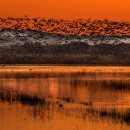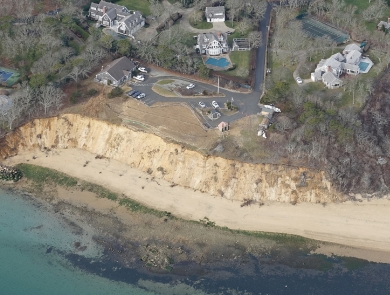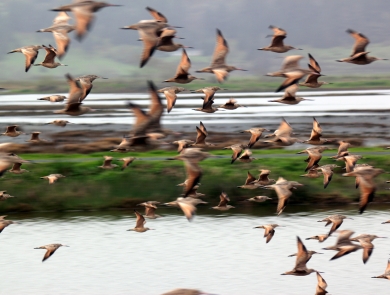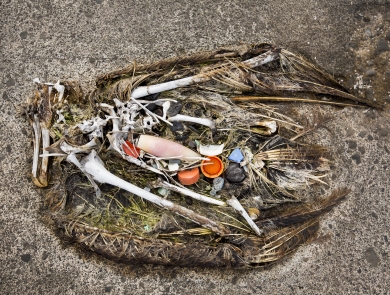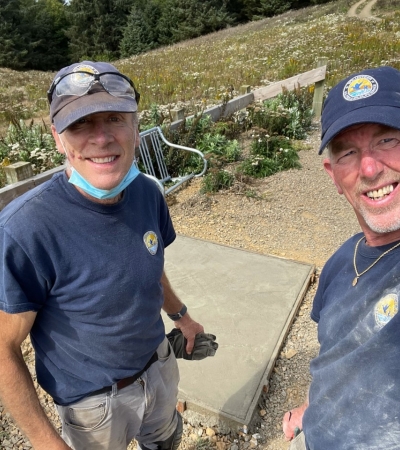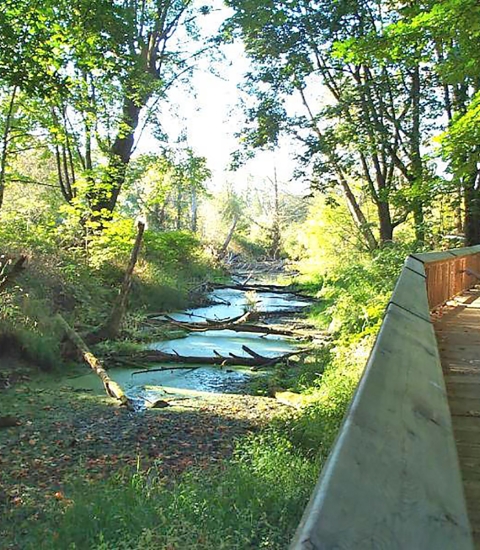Facility
Location
1001 Highway 1
San Antonio, NM 87832
United States
Volunteer Position Overview
About This Position
Bosque del Apache National Wildlife Refuge is located in central New Mexico along the Rio Grande, an oasis in the desert. Well known for the tens of thousands of cranes, geese, and ducks who winter here each year, the summer months are active times at the refuge with planting agriculture fields and disturbing seasonal wetlands. While refuge staff conduct the tasks associated with water management, agricultural work, and endangered/threatened species conservation, volunteers will assist in communicating this and other refuge work to visitors.
Bosque del Apache strives to maintain a Queer/LGBTQA+ and BIPOC-friendly space and work environment. Working and living at this station requires the ability to work with, take direction from, and live near people of all ages, backgrounds, and personality types. Positive outlooks and flexibility are key to success at this large and active station. We welcome RV volunteers of all backgrounds to apply!
We are seeking individuals and/or couples to serve as ranger naturalists for the June 2, 2024, through September 14, 2024, season. All applicants must be available for the entire season; couples will work the same days and may work together in the visitor center and while performing interpretive roving on the refuge. RV pads are the only available housing.
The Visitor Center Ranger Naturalist Position requires that you work 24 hours per week, averaging to three or four days per week (eight hours per day for three days or six hours per day for four days) June 2, 2024, through September 14, 2024. Generally, your work schedule will not change from week to week. Your lunch break will be one hour off duty near the midpoint of your shift.
You may be required to have a federal background investigation completed for this position. If you had a favorably adjudicated federal background investigation completed, please indicate the year and agency on your application.
Please list at least two volunteer or professional work references on your application.
Duties/Activities
Stories About Volunteering
Other Ways to Work with Us
Are you looking for something different than a volunteer opportunity? The Fish and Wildlife Service employs around 9,000 people nationwide and offers great internship opportunities every year.
